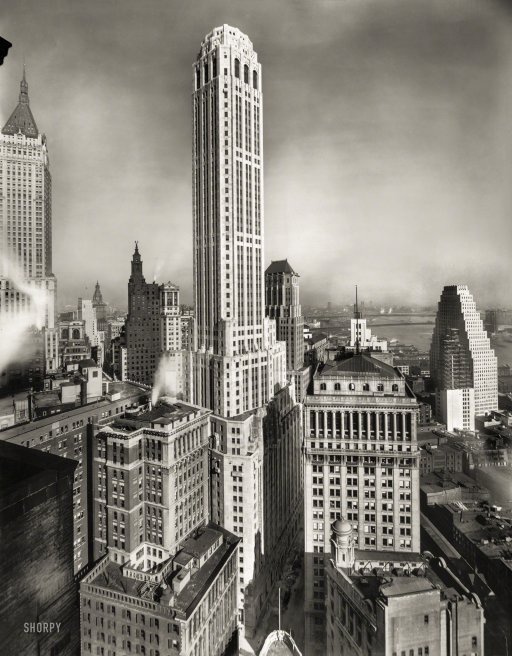Supreme Court Justice Potter Steward said in 1964 in the Jacobellis v. Ohio case, “I shall not today attempt further to define the kinds of material I understand to be embraced within that shorthand description [hard-core pornography]; and perhaps I could never succeed in intelligibly doing so. But I know it when I see it, and the motion picture involved in this case is not that.”
Asset bubbles too are difficult to define, but I know it when I see it.
Take Robert Shiller’s P/E Ratio measure for stocks. There was a Roaring ’20s bubble which burst in 1929 (Black Tuesday), there was the infamous Dot.com bubble. On March 10, 2000, the NASDAQ Composite peaked at 5,132.52, but fell 78% in the following 30 months.
Now we are seemingly in yet another stock market bubble and almost at the P/E Ratio level of the Roaring ’20s bubble (but not near the dizzying heights of the Dot.com bubble … yet).

Stocks do seem awfully “frothy.” But what about home prices? The Case-Shiller 20 composite home price index has grown 43.6% since February 2012. While home prices are not growing as fast as they did during the home price bubble of the last decade, they are going at a rate that is twice as fast as earnings (wage) growth.

These certainly look like asset bubbles. If it looks like a bubble and acts like a bubble, it probablyis a bubble.
“Shhh. Don’t say the word “bubble!”















